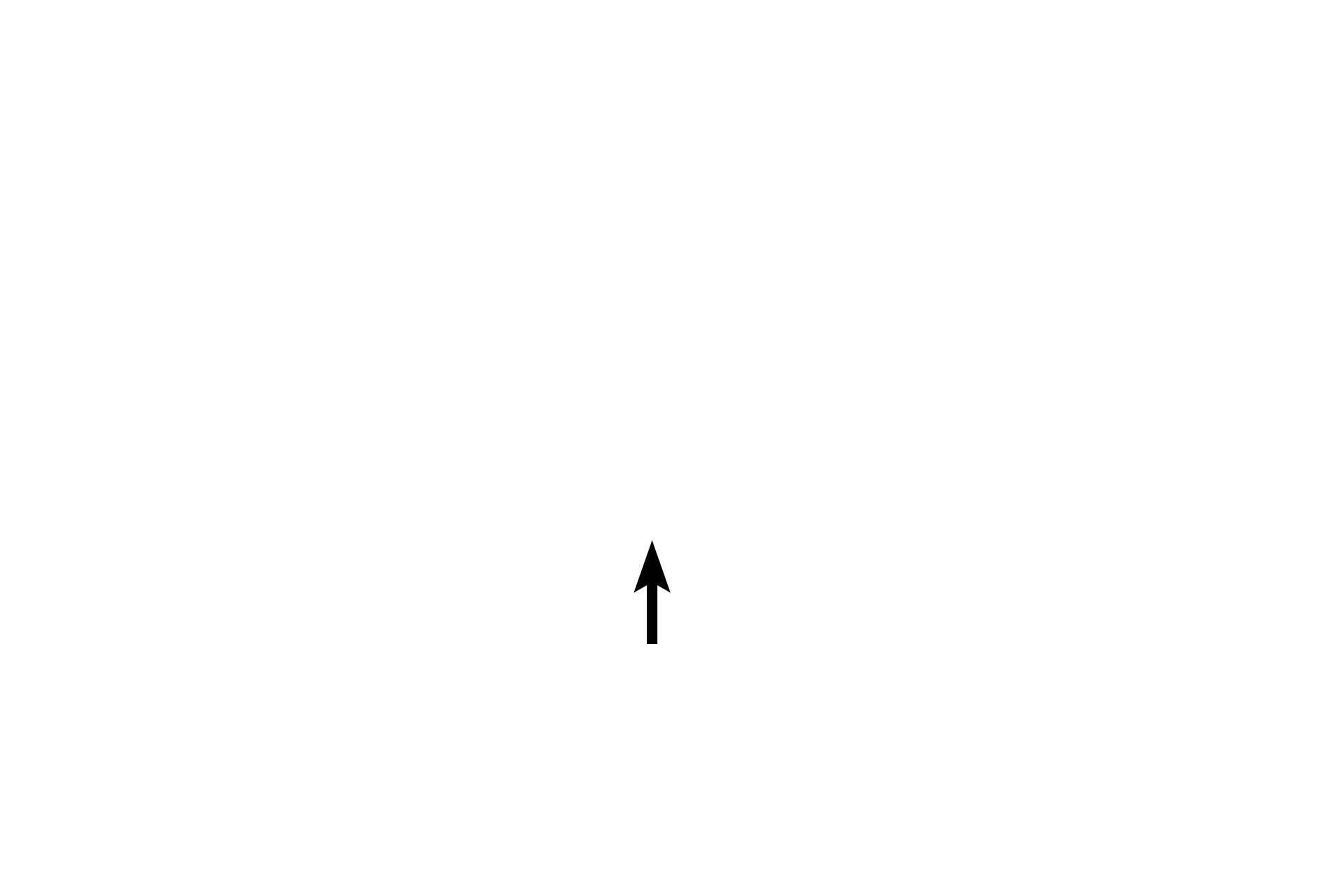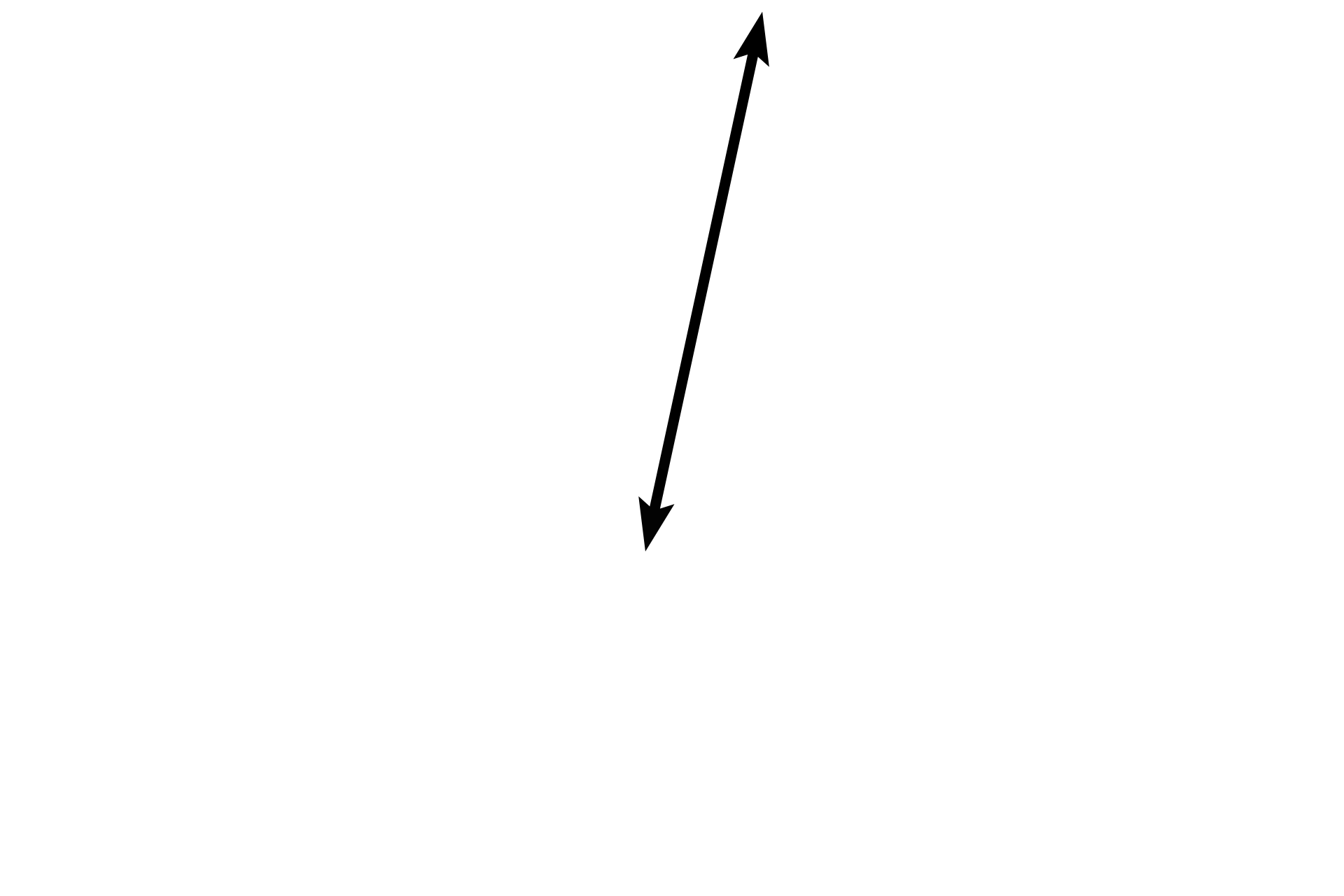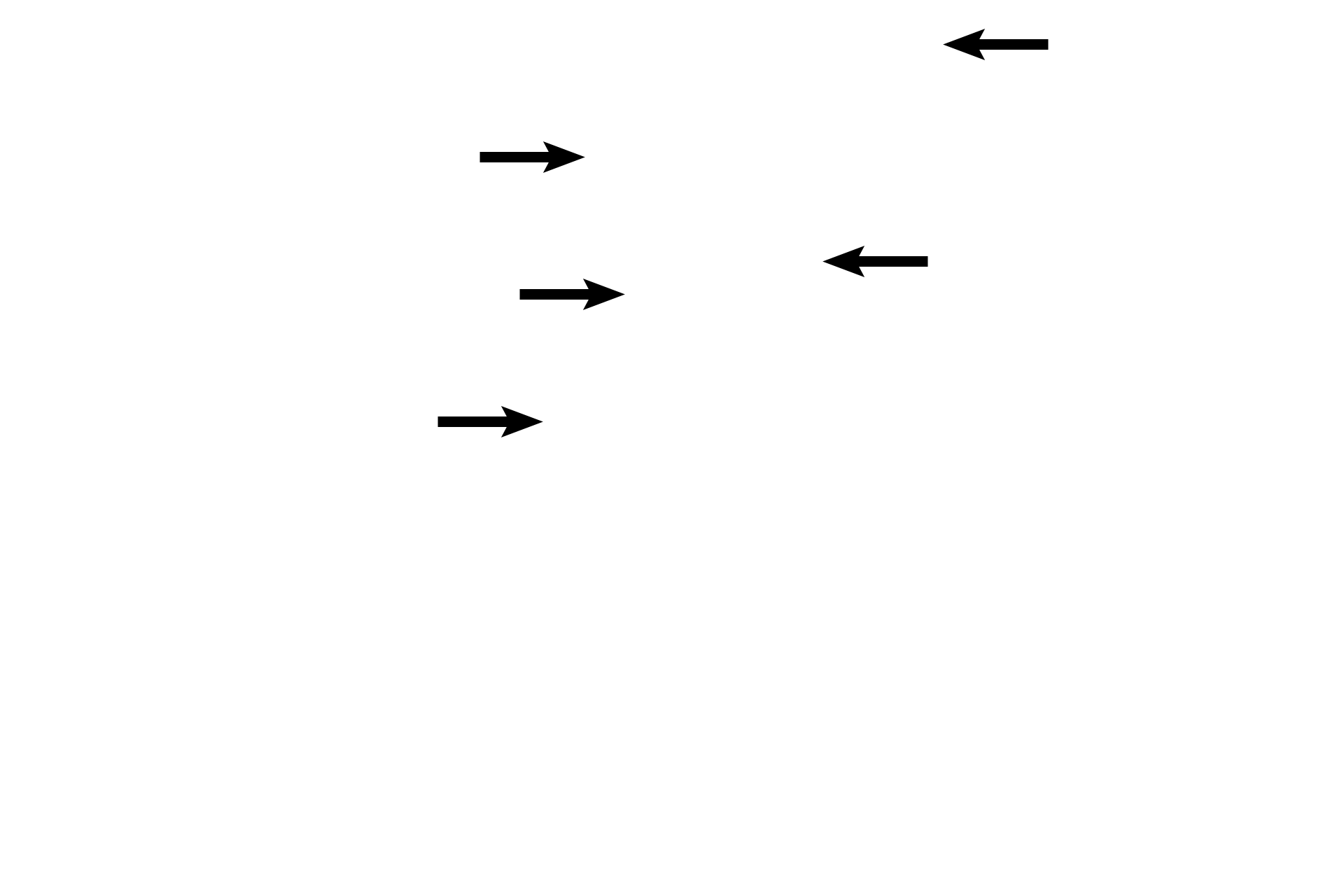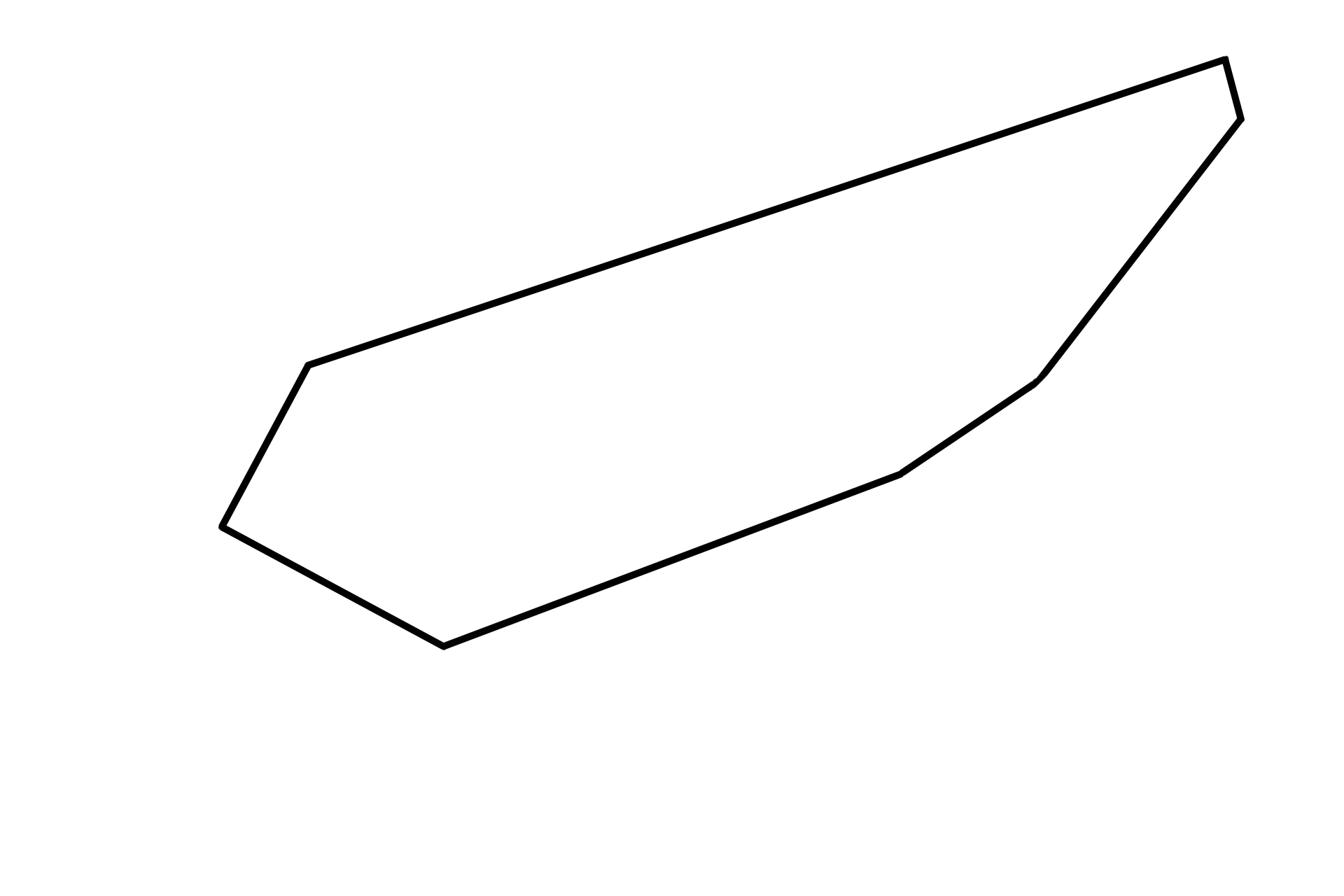
Uterus: cervix
The cervix, the most inferior portion of the uterus, begins above and extends into the vagina. Its endocervical canal interconnects the uterine lumen with that of the vagina. The vaginal portion (ectocervix, portio vaginalis) is the region that protrudes into the vagina. The cervix does not menstruate, but reaches peak activity at mid-cycle for maximal sperm transport. 10x

Cervix >
The endocervical canal of the cervix is lined by a simple columnar epithelium. The junction of this epithelium with that of the uterus is termed the internal os (above this image), while its junction with stratified squamous epithelium covering the vaginal portion forms the external os. The position of the external os varies with the reproductive stage of the female.

- Internal os
The cervix surrounds an endocervical canal, lined by a simple columnar epithelium. The junction of this epithelium with that of the uterus is termed the internal os (above this image), while its junction with stratified squamous epithelium covering the vaginal portion forms the external os. The position of the external os varies with the reproductive stage of the female.

- External os
The cervix surrounds an endocervical canal, lined by a simple columnar epithelium. The junction of this epithelium with that of the uterus is termed the internal os (above this image), while its junction with stratified squamous epithelium covering the vaginal portion forms the external os. The position of the external os varies with the reproductive stage of the female.

- Endocervical canal >
The endocervical canal, the continuation of the uterine lumen, is lined by a simple columnar epithelium. Palm shaped folds, plicae palmatae, extend from this epithelium into the cervical connective tissue and secrete mucus. At ovulation, under the influence of high estrogen, these folds secrete abundant mucus with a linear molecular composition that guides sperm into the cervix.

- Plicae palmatae
The endocervical canal, the continuation of the uterine lumen, is lined by a simple columnar epithelium. Palm shaped folds, plicae palmatae, extend from this epithelium into the cervical connective tissue and secrete mucus. At ovulation, under the influence of high estrogen, these folds secrete abundant mucus with a linear molecular composition that guides sperm into the cervix.

Ectocervix >
The ectocervix protrudes into the vagina and is covered by a stratified squamous moist epithelium that cannot be distinguished from the epithelium lining the vagina. The external os is the junction of the simple columnar epithelium lining the endocervical canal with the stratified squamous moist epithelium covering the ectocervix.

Vagina >
The vagina forms a right angle with the anteverted uterus, creating pouches (fornices) around the protruding cervix. The vaginal walls are usually collapsed; numerous rugae allow for distension during parturition. The vagina is lined by a stratified squamous moist epithelium, and an extensive plexus of thin-walled blood vessels is located in the subepithelial connective tissue.

- Anterior fornix
The vagina forms a right angle with the anteverted uterus, creating pouches (fornices) around the protruding cervix. The vaginal walls are usually collapsed; numerous rugae allow for distension during parturition. The vagina is lined by a stratified squamous moist epithelium, and an extensive plexus of thin-walled blood vessels is located in the subepithelial connective tissue.

- Posterior fornix
The vagina forms a right angle with the anteverted uterus, creating pouches (fornices) around the protruding cervix. The vaginal walls are usually collapsed; numerous rugae allow for distension during parturition. The vagina is lined by a stratified squamous moist epithelium, and an extensive plexus of thin-walled blood vessels is located in the subepithelial connective tissue.

- Blood vessels
The vagina forms a right angle with the anteverted uterus, creating pouches (fornices) around the protruding cervix. The vaginal walls are usually collapsed; numerous rugae allow for distension during parturition. The vagina is lined by a stratified squamous moist epithelium, and an extensive plexus of thin-walled blood vessels is located in the subepithelial connective tissue.
